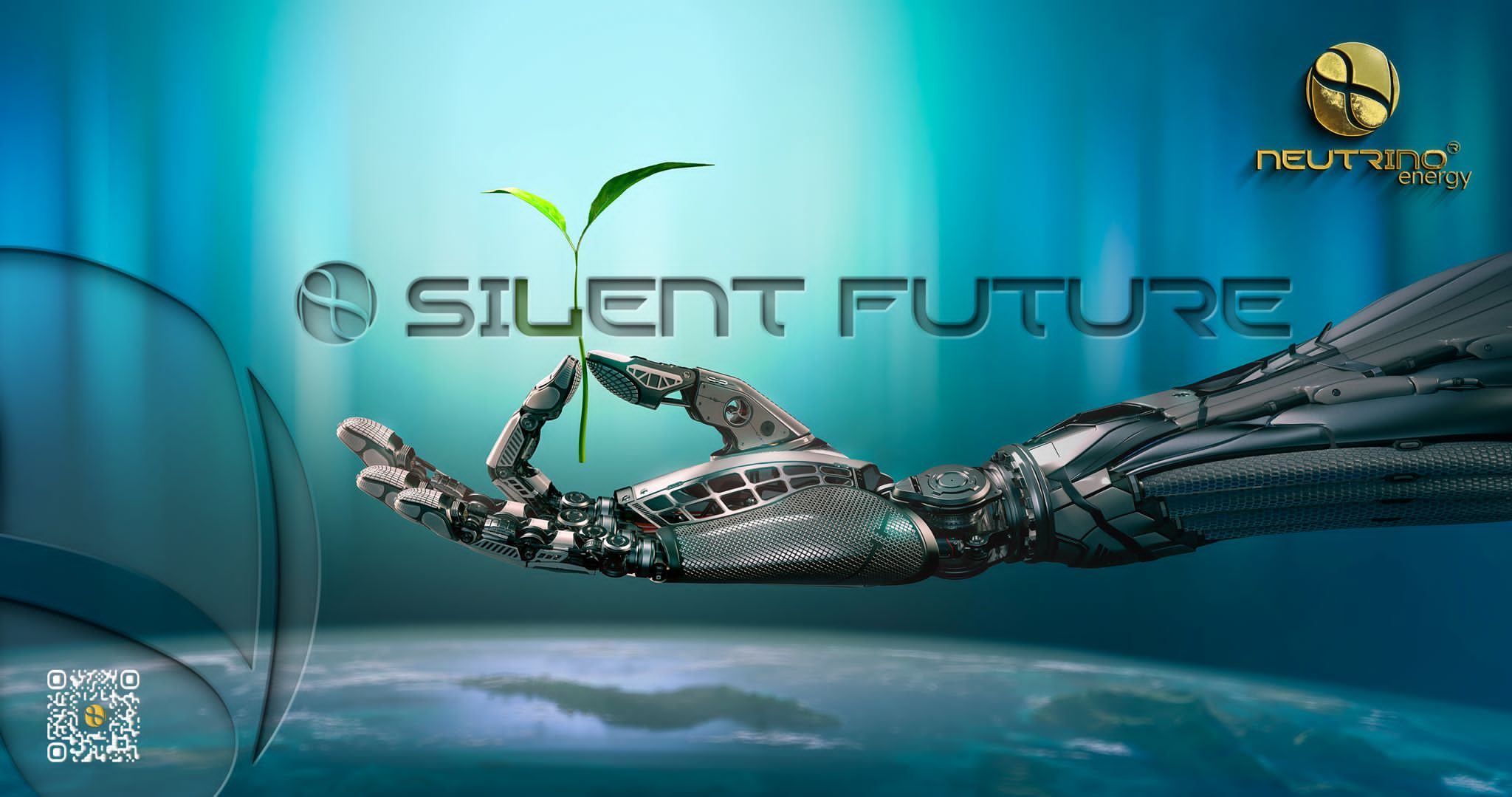It doesn’t burn. It doesn’t spin. It doesn’t shine. There is no engine, no turbine, no chemical reaction. No windmill blades slicing the air. No solar panels tilting toward the sky. And yet—it produces electricity. Constantly. Silently. Without pause.
You could walk past it and never notice. It hums no songs of mechanical motion. It exhales no fumes. It waits in a corner, the size of a cabinet, and powers what it must. Not for an hour. Not for a day. But without end.
This machine, the Neutrino Power Cube, feels more like a contradiction than a generator. It runs without fuel, without sunlight, without motion. It runs on nothing you can see. And yet, in a time defined by planetary urgency and technological overreach, it may be the most important machine you’ve never heard of.
Electricity from Ghost Particles
Every second, the Earth is bombarded by a storm of particles so small, so disinterested in our physical world, they pass through it unimpeded—oceans, rock, steel, bone. They are called neutrinos, and they originate in the nuclear furnaces of stars and the radioactive decay deep within planets.
A hundred trillion of them pass through your body each second. You don’t feel them. You can’t stop them. For decades, physicists assumed they were massless and functionally irrelevant. Then came 2015, and with it, a seismic revelation: Takaaki Kajita and Arthur B. McDonald won the Nobel Prize in Physics for proving that neutrinos have mass.
And mass, by the laws of physics, means energy.
What if the most overlooked particle in the universe turned out to be the key to a new form of electricity? Not lightning in the sky or steam in a pipe, but something altogether different—ambient energy, drawn from the quiet roar of the cosmos itself.
The Birth of Neutrinovoltaics
To harness this spectral current, engineers and physicists ventured deep into the world of quantum materials. The result is a technology known as neutrinovoltaics—a solid-state method of converting the kinetic energy of neutrinos and other forms of invisible radiation into electric power.
At the heart of this innovation lies graphene, a one-atom-thick sheet of carbon atoms arranged in a honeycomb lattice. It is a material of extremes: stronger than steel, lighter than paper, more conductive than copper. But most importantly, it’s responsive. When a neutrino or ambient particle passes through it, it vibrates—minutely, but measurably.
Layer this graphene with doped silicon, stack it in precise nanostructures, and something astonishing happens. Those subatomic vibrations create an electromotive force. The material begins to generate current—not from heat, not from light, but from motion at the edge of perception.
This isn’t magic. It’s physics, refined into a mechanism.
A Power Plant That Fits in a Cabinet
Enter the Neutrino Power Cube, developed by the Neutrino Energy Group—a consortium of scientists, material engineers, and energy futurists.
Roughly the size of a suitcase (800 x 400 x 600 mm), weighing around 50 kilograms, the Cube contains no moving parts. Inside, its layered nanomaterial core captures the ceaseless brush of ambient particles—neutrinos, electromagnetic remnants, and thermal radiation—converting them into a stable, continuous stream of direct current.
This DC output is processed through a built-in inverter and delivered as usable AC power: 5 to 6 kilowatts of net energy, available around the clock, in any location, under any conditions.
No sun required. No windmill needed. No refueling necessary.
This is not stored energy. It is generated—from the invisible radiation that already floods our universe. A solid-state generator with no combustion, no emissions, and no noise. It does not wait for the weather. It does not sleep.
The Most Important Technology You’ve Never Heard Of
Why, then, isn’t this headline news? Why isn’t the Neutrino Power Cube on the cover of every tech magazine, the lead story in every energy summit?
Because the revolution has been quiet—by design. The foundational patents were filed in 2013. Early lab demonstrations followed in 2017. But rather than chase hype, the Neutrino Energy Group spent the last decade in focused development: validating materials, scaling nanostructures, integrating control systems, and preparing for field deployment.
Today, pilot trials are underway in Austria, where 100–200 Cubes are being tested for residential, commercial, and industrial scenarios. The results are promising. Production is ramping. And the era of fuel-free, ambient-powered infrastructure is no longer speculative—it is entering reality.
Power Without Permission
Imagine a remote village, too distant or too poor for grid connection. The Neutrino Power Cube can light its homes.
Picture a mobile hospital in a disaster zone, surrounded by devastation, cut off from diesel supply lines. The Cube keeps its instruments running.
Think of a smart home that runs autonomously, a data center immune to outages, an electric vehicle that recharges without a socket, a spacecraft drawing ambient energy in deep space. The Cube doesn’t require permission from nature, nor infrastructure from government. It liberates power from the old constraints of generation and distribution.
This is electricity for places the grid will never reach. This is decentralized energy, free from geopolitics, logistics, and scarcity.
It is not just clean. It is independent.
The Future Is Already Humming—You Just Can’t Hear It
Energy has always had a signature: the growl of generators, the crackle of high voltage, the whoosh of turbines. The Neutrino Power Cube has none. Its silence is not emptiness—it is evolution.
In a world desperate for sustainable, scalable solutions, the Cube doesn’t roar. It resonates—with the subatomic beat of the universe. It is not just another clean technology. It is a redefinition of what energy is, where it lives, and who controls it.
If this sounds improbable, consider that every technology once began as an idea the world wasn’t ready for. Wireless communication. Personal computing. Genomic sequencing. Each disrupted not just systems, but assumptions.
Now, imagine a future where energy isn’t harvested—it’s everywhere. Where power doesn’t arrive from distant plants, but from space itself. Where electricity is no longer a privilege, but a presence.
That future has already begun. You just can’t hear it. But the Cube can.
And it’s been waiting.
Keep an eye for more latest news & updates on Tech Digital News!


